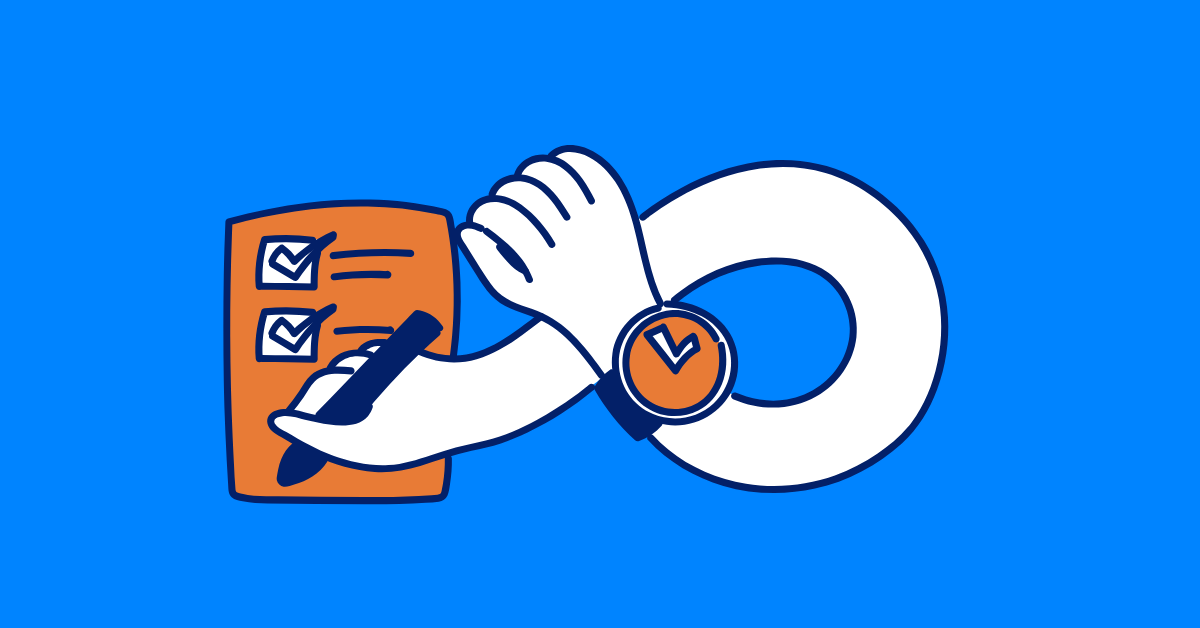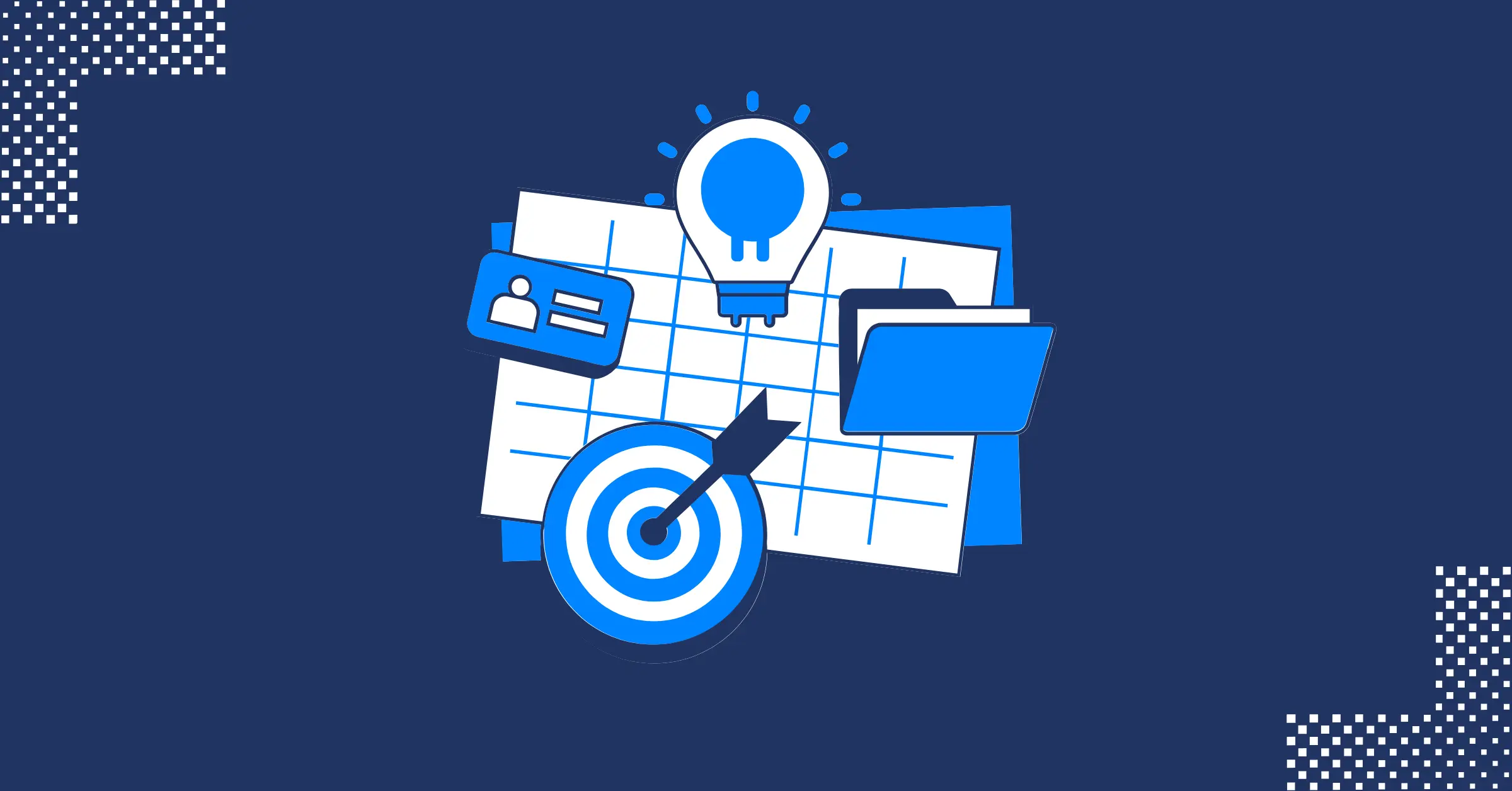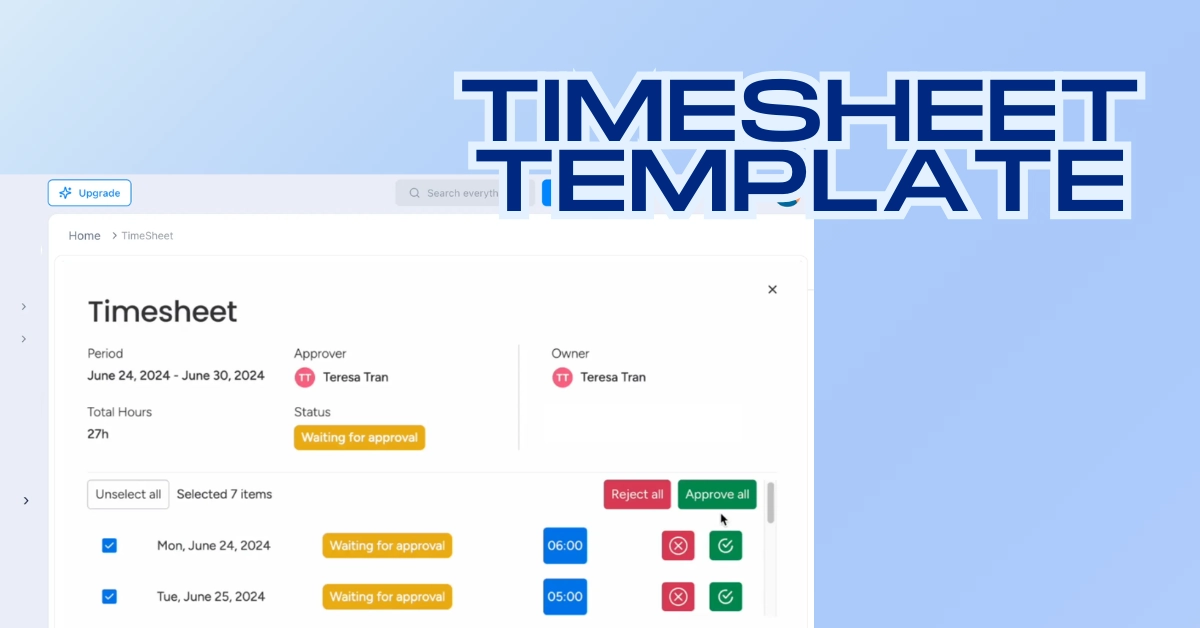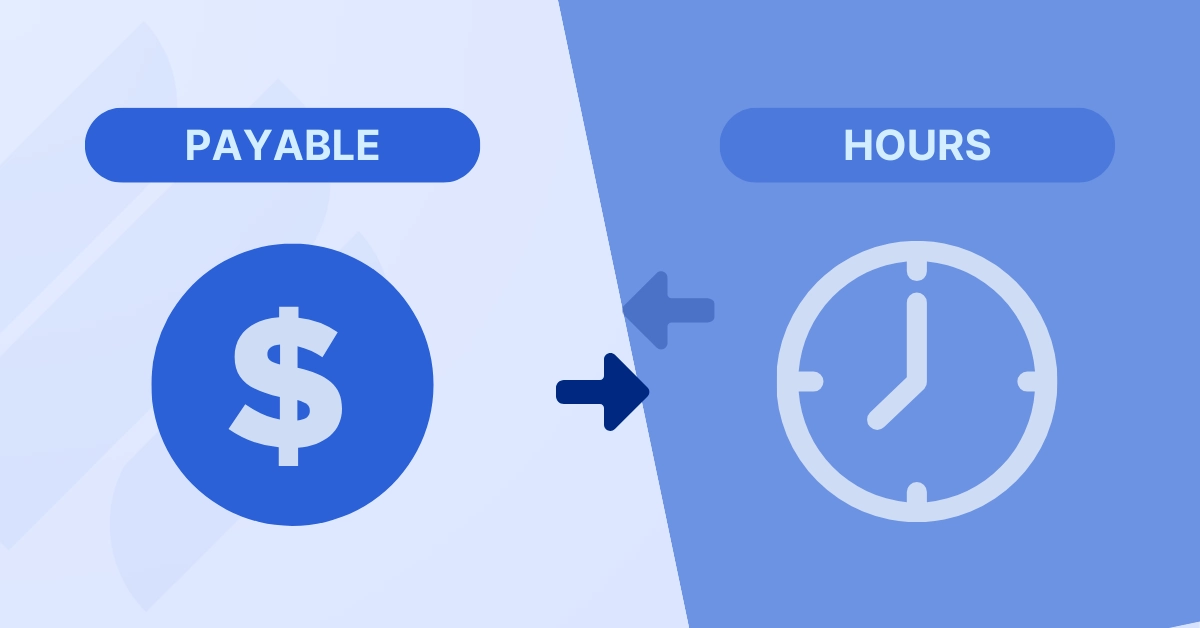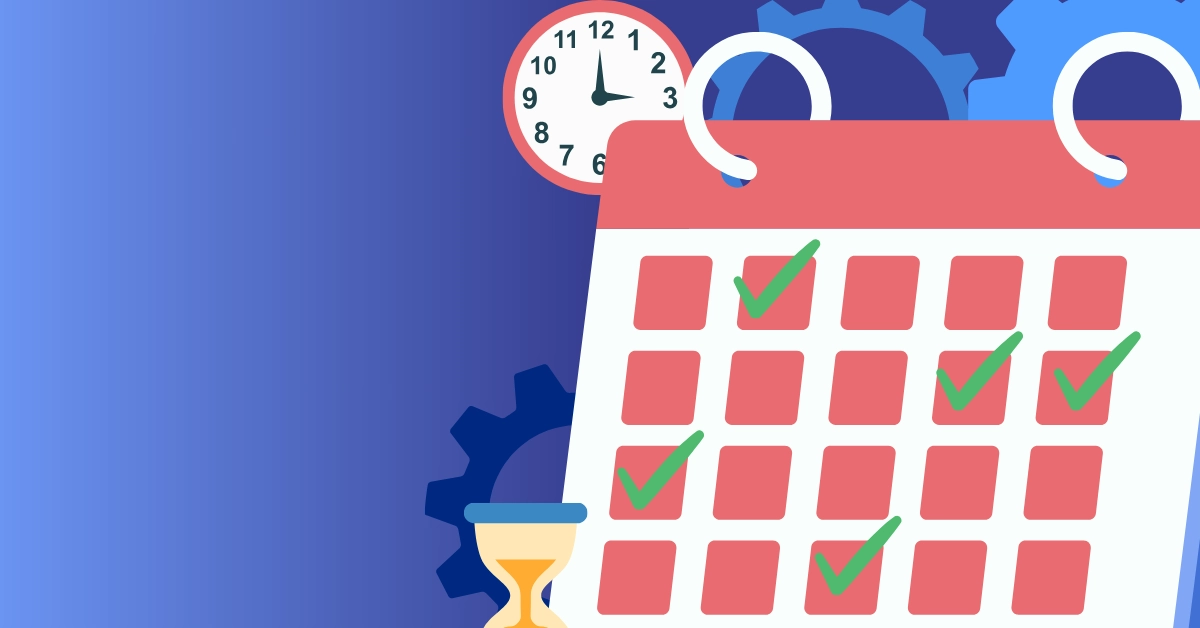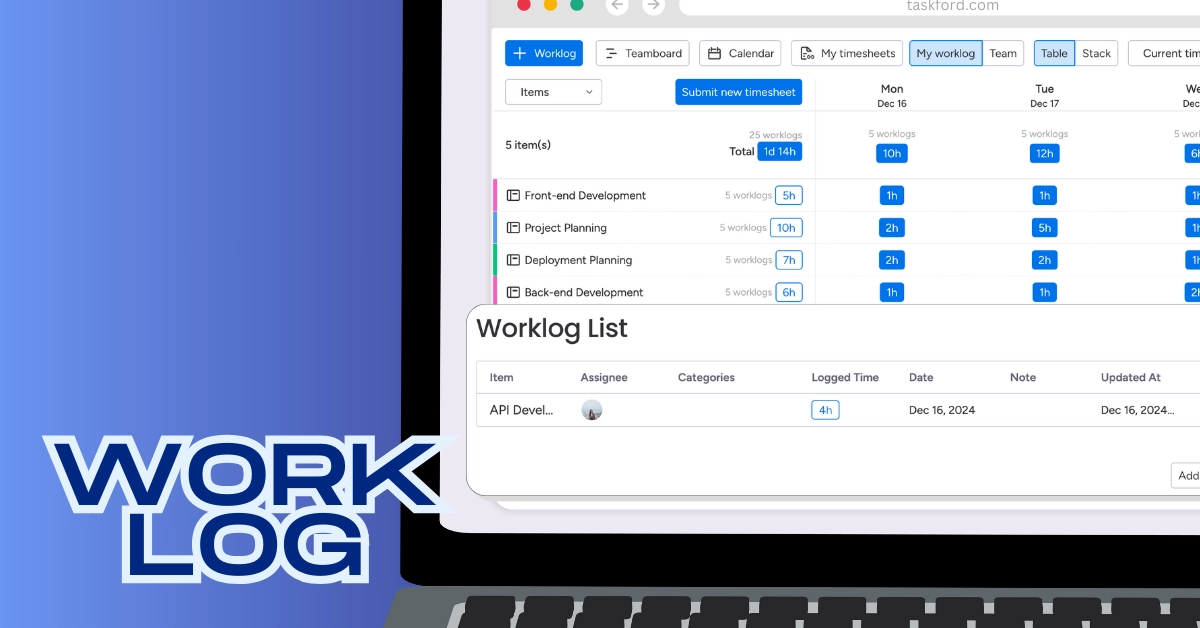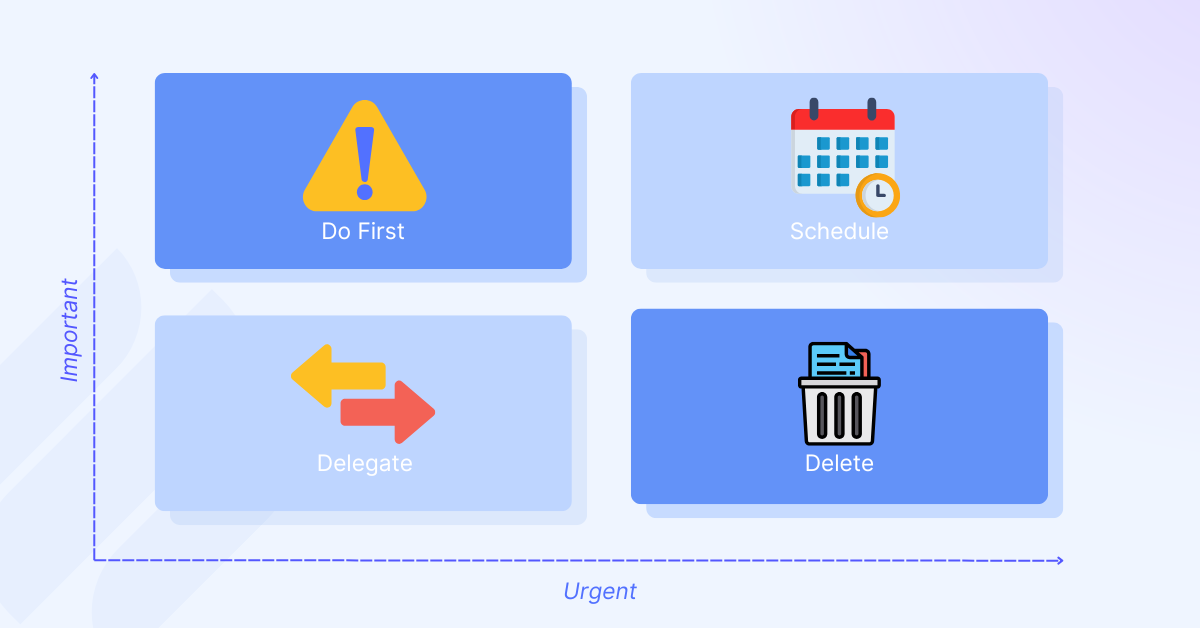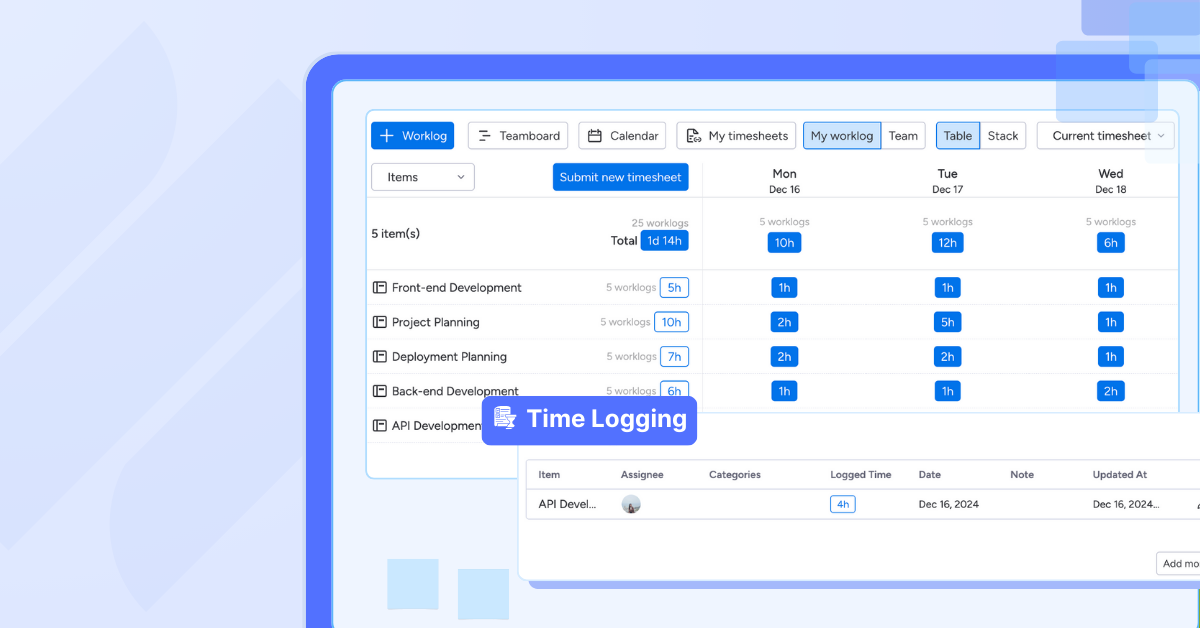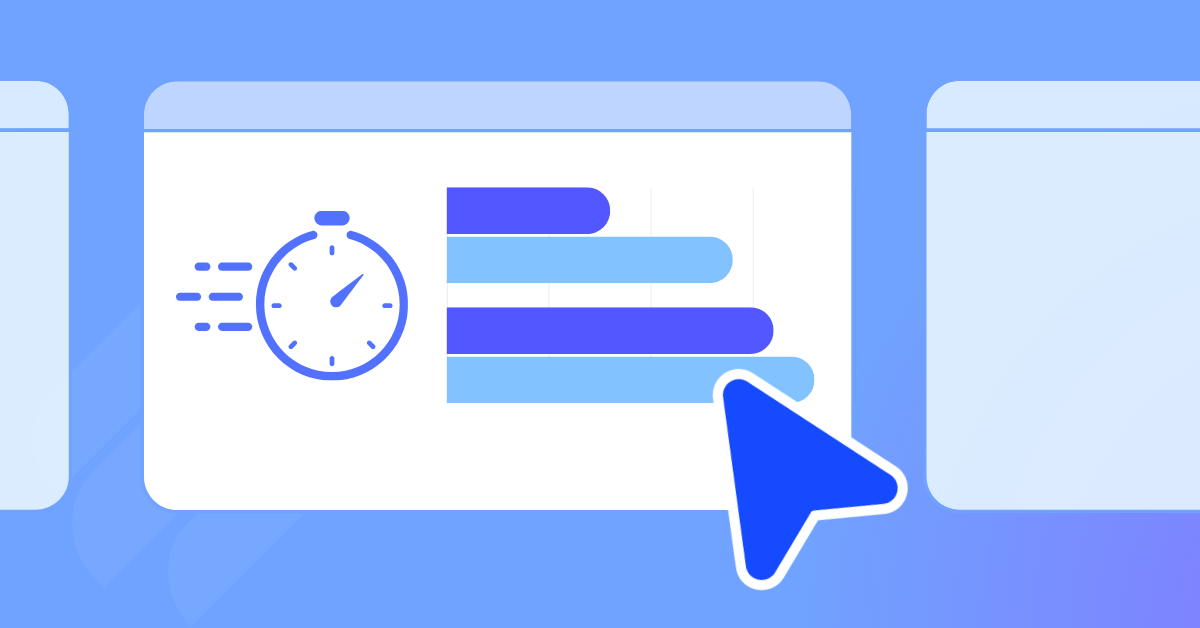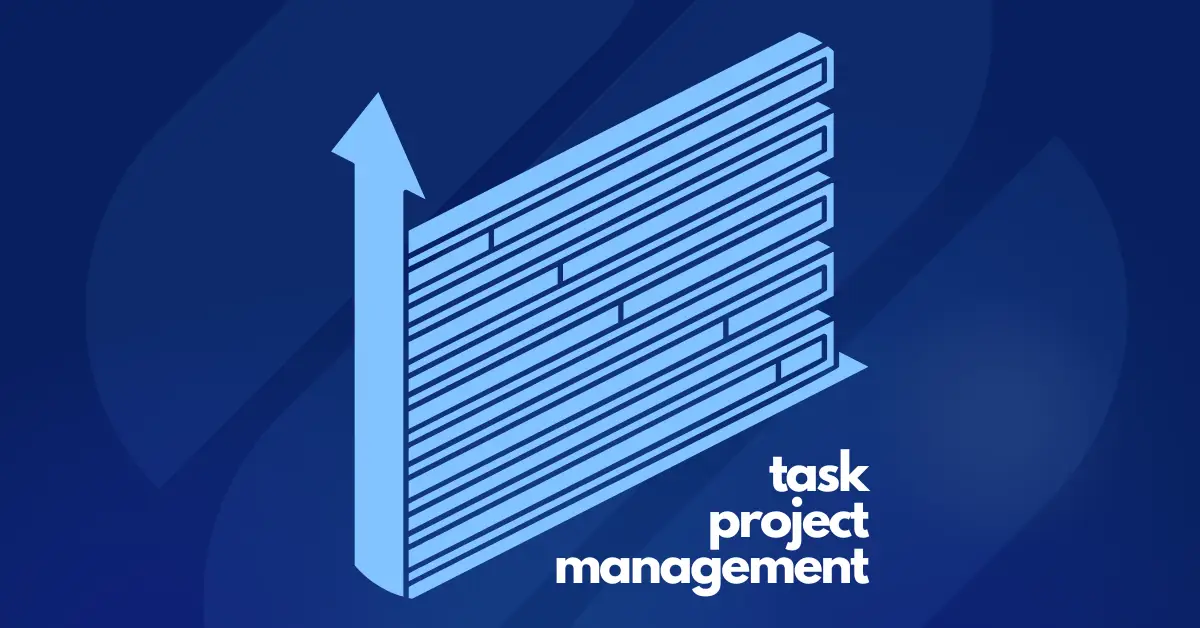How HR Teams Use a Shift Tracker to Improve Employee Satisfaction
Discover how a shift tracker can revolutionize HR processes, boosting employee satisfaction through smarter time management and timelog practices.
Employee satisfaction drives a thriving workplace. Happy employees are more productive, engaged, and likely to stay long-term. For HR teams, balancing schedules, workloads, and compliance while keeping employees content is no small feat. A shift tracker changes the game. Paired with solid time management and timelog practices, it helps HR create schedules that respect employee needs, reduce burnout, and foster trust.
This blog dives into how shift trackers boost employee satisfaction, offering practical strategies, real-world examples, and tips to optimize your HR processes.
What Is a Timelog? What Is a Shift Tracker?
A timelog records how employees spend their time on tasks, projects, or shifts. Unlike a shift tracker, which focuses on when employees work, a timelog details what they do during those hours. For example, it might show an employee spent three hours on customer support and two on administrative tasks. This helps optimize schedules and identify productivity gaps.
(For a deeper dive, read our blog, What Is A Timelog?)
A shift tracker, on the other hand, focuses on when employees work, managing schedules, shift assignments, and availability to ensure operational efficiency.
Why Employee Satisfaction Matters
Satisfied employees drive organizational success. A 2024 study about enhancing epmployee satisfaction and engagement found that highly engaged employees are 17% more productive, contributing to improved business outcomes. The same study reports that companies with high engagement see 59% lower voluntary turnover, saving significant recruitment and training costs. For HR teams, this means tackling issues like unpredictable schedules, overtime stress, and uneven workloads.
A shift tracker addresses these by providing structure and transparency. Unlike paper schedules or basic spreadsheets, modern shift trackers integrate with time management systems, offering real-time insights into hours, leave requests, and team availability. Combined with timelogs, they reveal how employees spend their time, enabling HR to make data-driven decisions that prioritize well-being.
How Shift Trackers Boost Employee Satisfaction
A shift tracker is more than a scheduling tool, it’s a way to manage hours, ensure compliance, and align schedules with business needs. Here’s how it directly improves employee satisfaction:
![]()
1. Fair and Balanced Schedules
Unfair scheduling, like last-minute changes or overloading certain employees, breeds resentment. A shift tracker helps HR visualize team availability and workload distribution, ensuring fairness.
Example: A retail chain with 50 employees used a shift tracker to distribute weekend shifts evenly. Data revealed newer staff were stuck with late-night shifts, causing complaints. After balancing schedules, satisfaction scores rose 15% in three months.
2. Transparency and Communication
Employees crave clarity about their schedules. A shift tracker provides a centralized platform where they can view shifts, request changes, or swap with colleagues. This openness reduces confusion and builds trust.
A shift tracker with a friendly interface lets employees access schedules, submit leave requests, and get instant updates. Pairing this with timelogs shows employees how their hours are tracked, ensuring fair compensation for overtime.
3. Reducing Burnout
Burnout affects 70% of workers due to excessive workloads, per a 2024 Gallup study. Shift trackers help HR monitor hours and spot employees at risk of overwork. For instance, if an employee consistently logs 50-hour weeks, HR can redistribute tasks or approve time off.
TaskFord’s reporting tools highlight patterns like excessive working hours, allowing HR to act before burnout sets in. This proactive approach shows employees their well-being matters.
How To Reduce Burnout On A Project4. Supporting Flexibility
Flexibility is a top driver of satisfaction, especially for hybrid or remote teams. Shift trackers make it easy to accommodate preferred hours or shift swaps without disrupting operations.
Example: A tech company used a shift tracker to manage a hybrid team across three time zones. Employees logged preferred hours, and the tool ensured coverage. Result? 80% reported better work-life balance.
5. Ensuring Compliance
Compliance with labor laws like overtime limits or mandatory breaks prevents legal issues and builds trust. Shift trackers automate tracking and flag violations. When employees see HR prioritizes fair, legal scheduling, they feel valued, boosting satisfaction.
5 Strategies to Boost Satisfaction with a Shift Tracker
Here are practical ways HR teams can use shift trackers to enhance employee satisfaction:
![]()
1. Involve Employees in Scheduling
Give employees a voice in their schedules. Use a project management or collaboration tool to notify the employees about their schedules. This fosters ownership and reduces resentment.
Tip: Hold quarterly feedback sessions to tweak shift tracker settings based on employee input.
2. Optimize Workloads with Data
Use reporting tools to analyze workload patterns. If data shows some employees are overworked, redistribute tasks. TaskFord’s resource planning tools highlight who’s over- or under-utilized.
Case Study: A hospital used TaskFord to track nurse schedules. Data showed uneven night shift assignments, causing fatigue. Balancing schedules increased satisfaction by 18% and reduced turnover.
3. Automate Routine Tasks
Manual scheduling is error-prone and time-consuming. Automating leave approvals, shift assignments, and compliance checks saves time. TaskFord’s automation cut one company’s administrative time by 10 hours weekly, freeing HR for employee engagement.
4. Promote Work-Life Balance
Monitor hours to ensure breaks and prevent overtime. Encourage employees to log breaks in timelogs for compliance.
5. Explain Tracking’s Purpose
Employees may distrust tracking tools. Clarify how shift trackers ensure fair pay, prevent burnout, and support flexibility. A marketing agency explained this to staff, leading to better timelog accuracy and 25% faster project delivery.
Common Mistakes to Avoid with Shift Trackers
To maximize the benefits of a shift tracker, HR teams must avoid pitfalls that can undermine employee satisfaction:
![]()
- Overcomplicating the System: Using a shift tracker with too many features or a complex interface can confuse employees. Choose a user-friendly tool like TaskFord to ensure easy adoption.
- Ignoring Employee Feedback: Failing to incorporate employee input on scheduling preferences can lead to resentment. Regularly collect feedback to align the tracker with team needs.
- Inconsistent Data Entry: Inaccurate timelog or shift entries skew insights. Train employees to log hours consistently and verify data regularly.
- Neglecting Communication: Not explaining the tracker’s purpose can breed distrust. Clearly communicate how it ensures fairness and supports flexibility.
Avoiding these mistakes ensures the shift tracker enhances, rather than hinders, employee satisfaction.
Choosing the Right Shift Tracker
Not all shift trackers are equal. Look for these features:
- Real-Time Visibility: Tools like TaskFord or Clockify offer instant insights into schedules.
- Timelog Capability: Combines scheduling with task tracking.
- Reporting: Analyzes workload and productivity trends.
- Ease of Use: Encourages adoption across teams.
TaskFord excels by blending time tracking, timelogs, and resource planning for employee-friendly schedules.
TaskFord’s Shift Tracking Features for HR Success
TaskFord stands out as a comprehensive project management and resource planning platform, blending timelogs and resource allocation to enhance employee satisfaction while tracking their shifts. Here are key features that make it a top choice for HR teams:
- Real-Time Shift Monitoring: TaskFord tracks work hours in real time by timelogs, ensuring accurate scheduling and preventing overstaffing or understaffing. Managers can adjust shifts on the go, keeping schedules aligned with business needs.
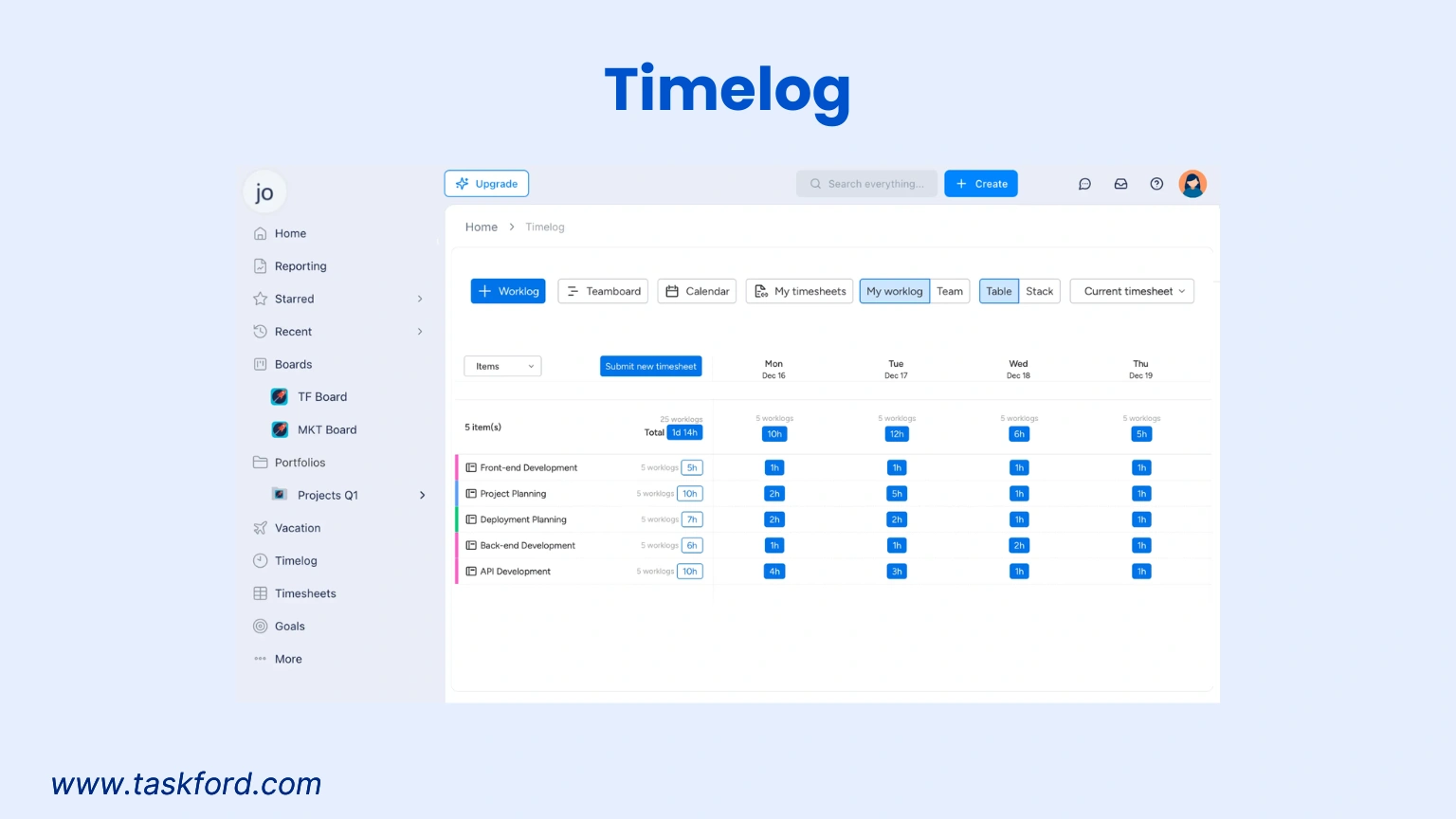
- Timesheet Submission and Approvals: Employees submit timesheets easily, and HR can track approval status instantly. This transparency reduces payroll errors and ensures employees are paid accurately.

- Custom Dashboards for Time Insights: TaskFord’s dashboards visualize logged time by assignee, task, or team, helping HR compare scheduled versus actual hours to spot inefficiencies. This data-driven approach supports fair workload distribution.
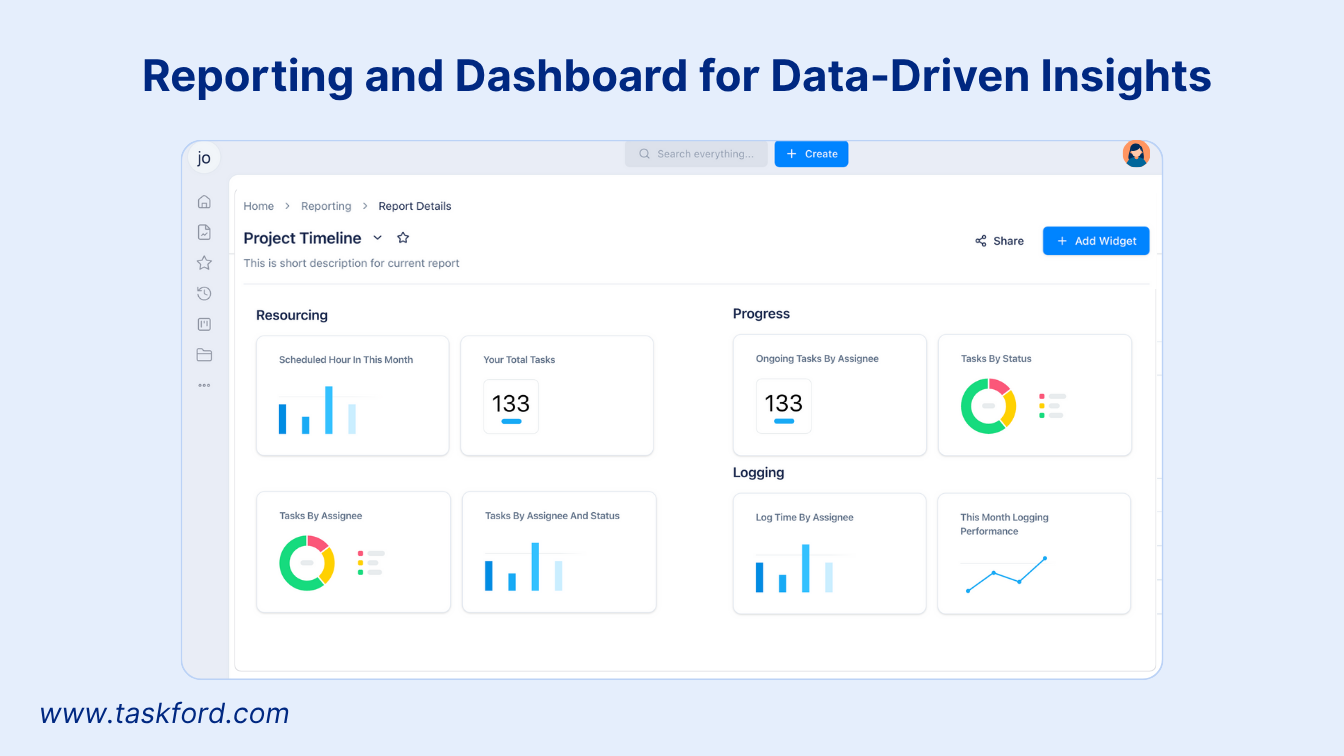
- Billable Hours Tracking: For teams with client-facing work, TaskFord separates billable and non-billable hours, ensuring accurate invoicing and transparency for employees.
![]()
These features make TaskFord a powerful ally for HR teams, combining ease of use with robust functionality to create employee-friendly schedules.
Overcoming Common Challenges
Shift trackers have challenges. Here’s how to tackle them:
- Employee Resistance: Emphasize benefits like fair scheduling. Transparency reduces suspicion.
- Data Accuracy: Encourage daily timelog entries and provide training.
- Tech Adoption: Offer hands-on support for employees new to digital tools.
The Future of Shift Trackers in HR
The role of shift trackers in HR is evolving, driven by technology and workforce needs. By 2025, they’ll be smarter and more employee-centric. Here’s what’s coming:
- AI-Powered Scheduling: AI will predict staffing needs using historical data, reducing errors and balancing workloads. For example, shift trackers could forecast peak hours, ensuring fair assignments.
- Enhanced Self-Service: Employees will manage schedules directly, swapping shifts or setting availability via apps. AI-driven approvals will boost autonomy and reduce HR’s workload.
- Focus on Compliance: Advanced analytics will ensure compliance with labor laws, flagging issues like overtime risks. This will protect employees and enhance trust in scheduling processes.
These trends will make shift trackers vital for creating satisfied, future-ready workforces.
Conclusion
A shift tracker transforms HR processes, creating fair schedules, enhancing transparency, reducing burnout, supporting flexibility, and ensuring compliance. Paired with timelogs, it provides a complete time management solution that puts employees first.
Ready to elevate satisfaction? Explore TaskFord's features and join our waitlist to stay ahead in workforce management!
Learn more
- 10 Practical Time Management Tools & Techniques That Actually Work
- What’s Next for Time Tracking Software? Key Innovation to Watch in 2025
- The Complete Guide to Employee Time Tracking
Making work simpler,
smarter, and more connected
Join our waitlist and be notified first.

Subscribe for Expert Tips
Unlock expert insights and stay ahead with TaskFord. Sign up now to receive valuable tips, strategies, and updates directly in your inbox.

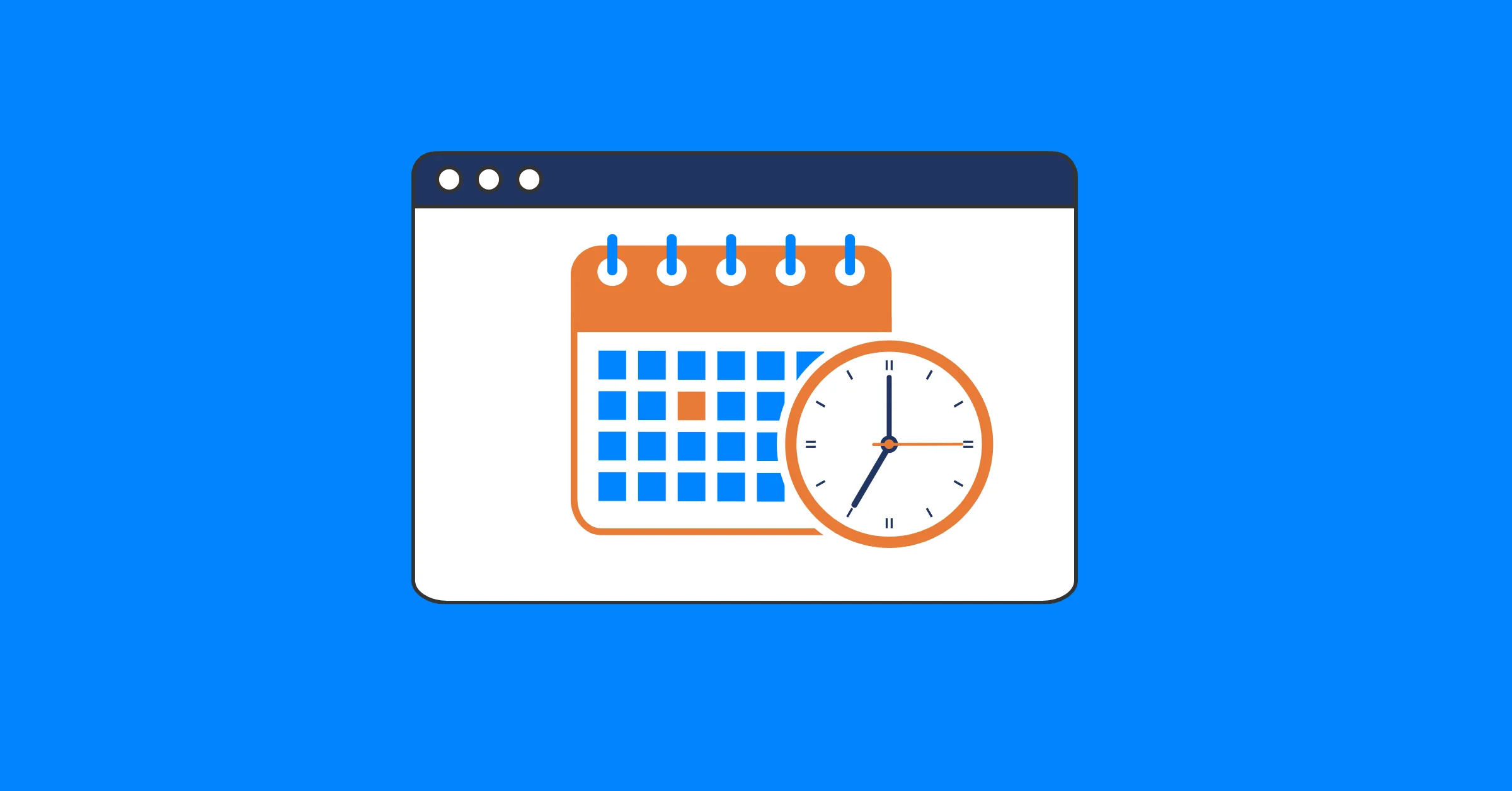
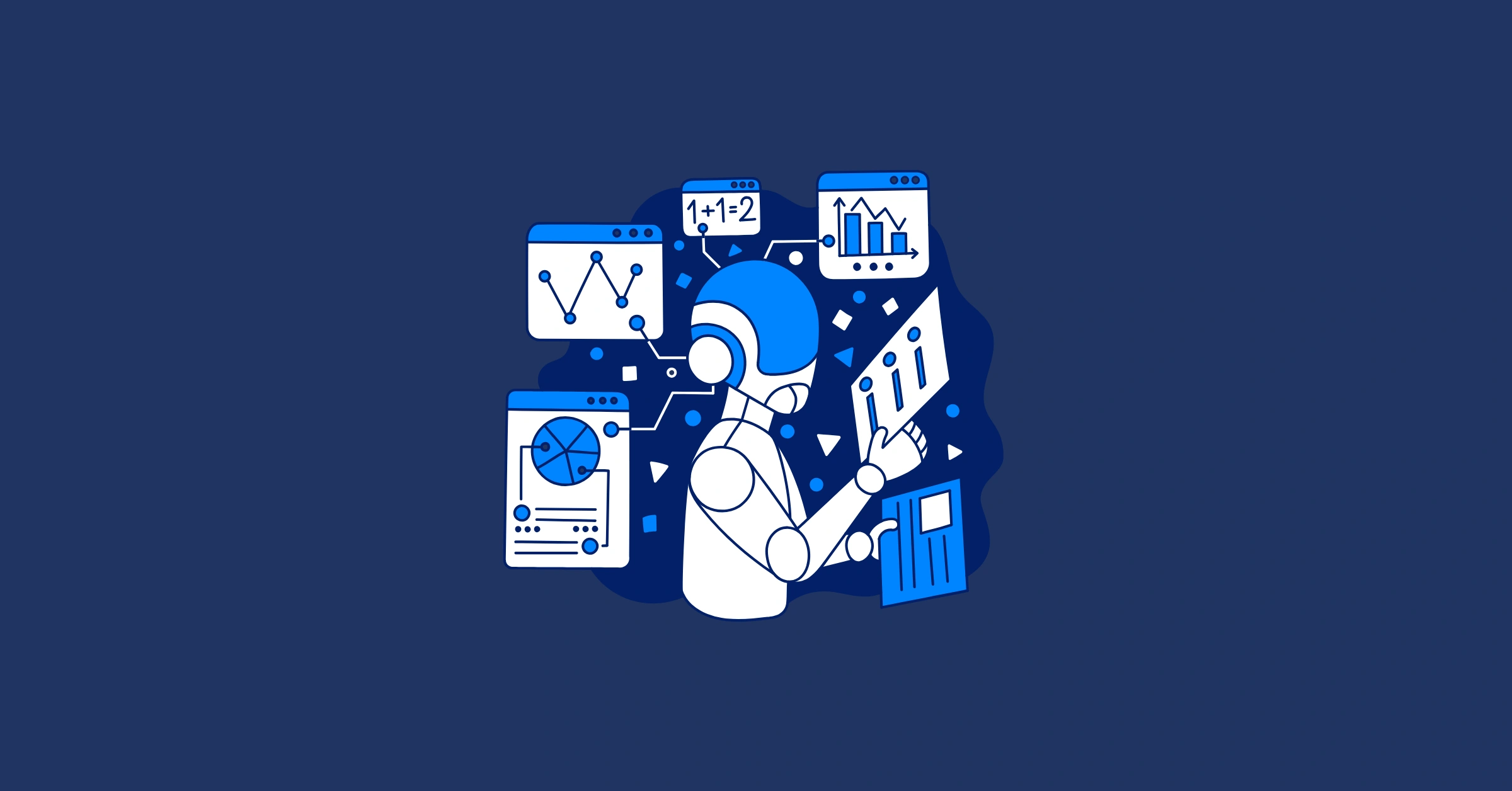


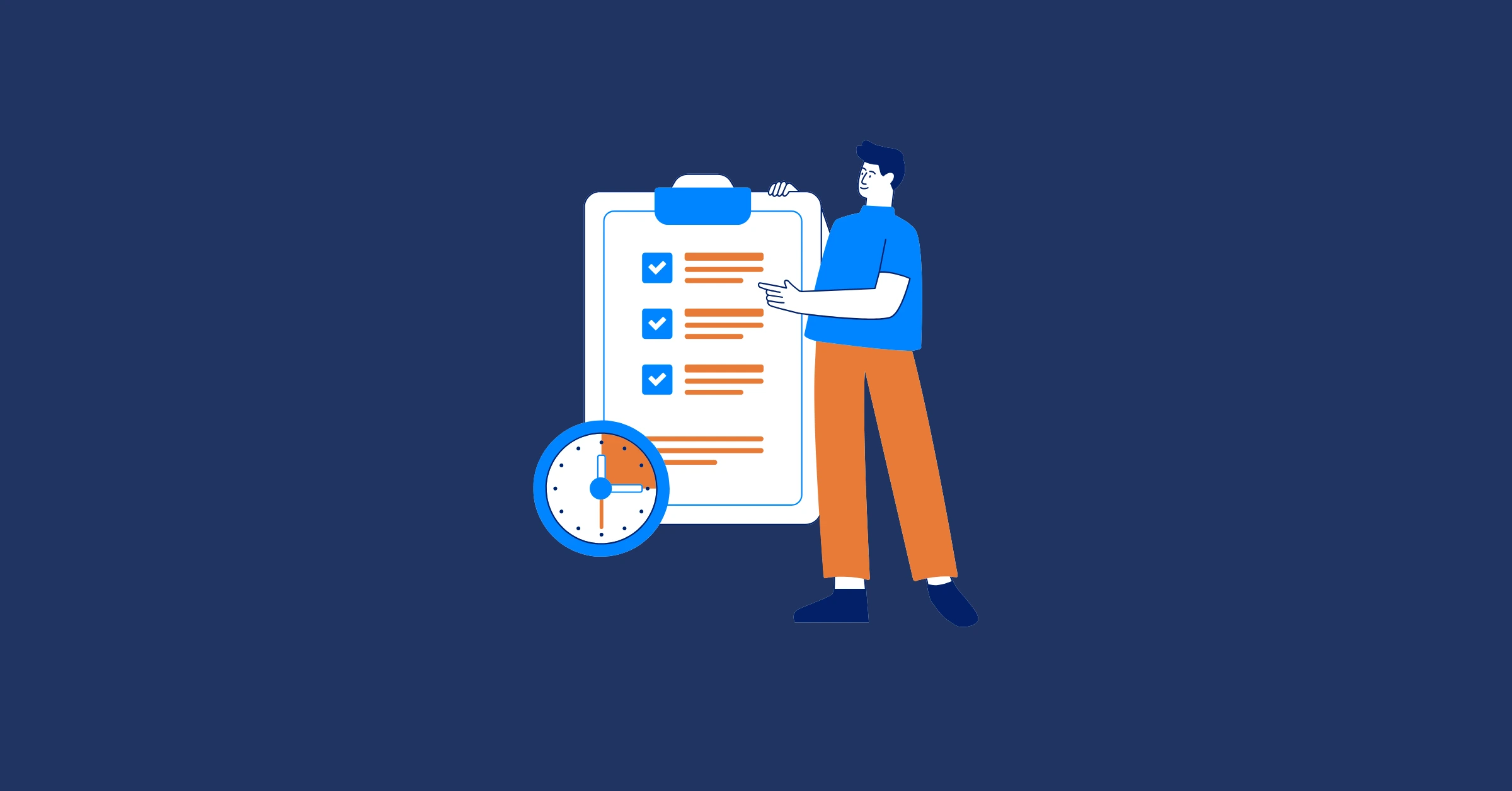
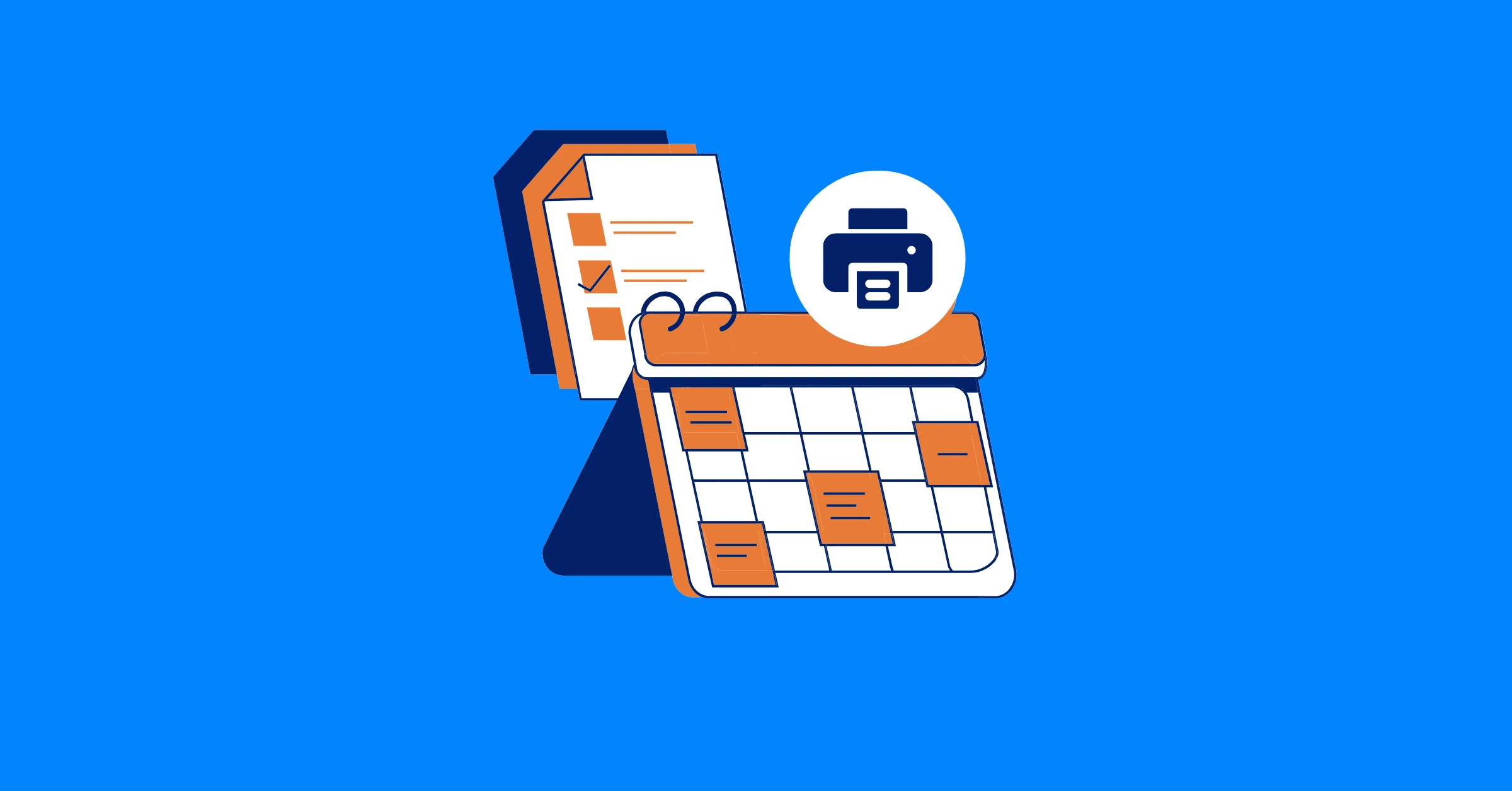
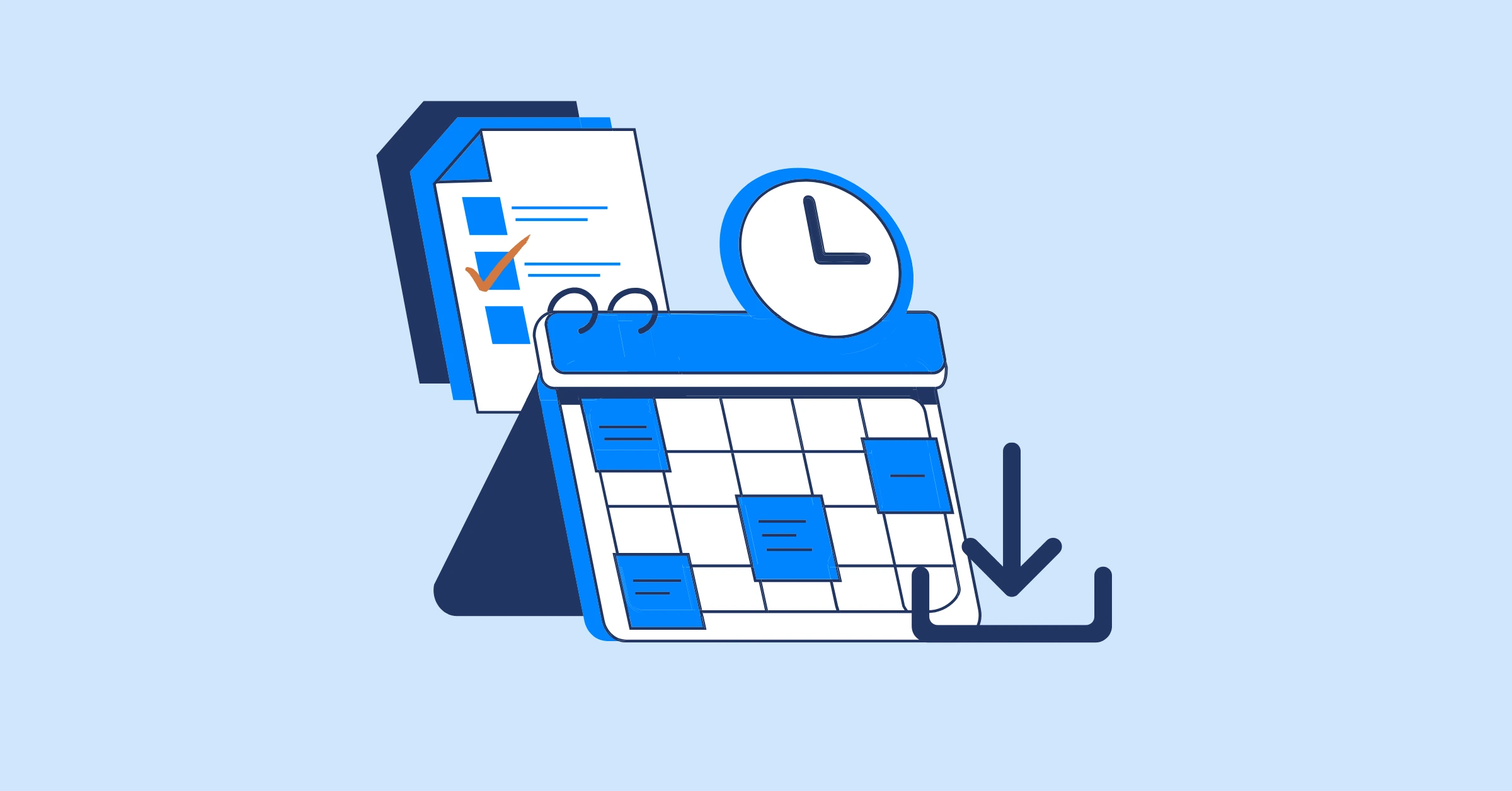
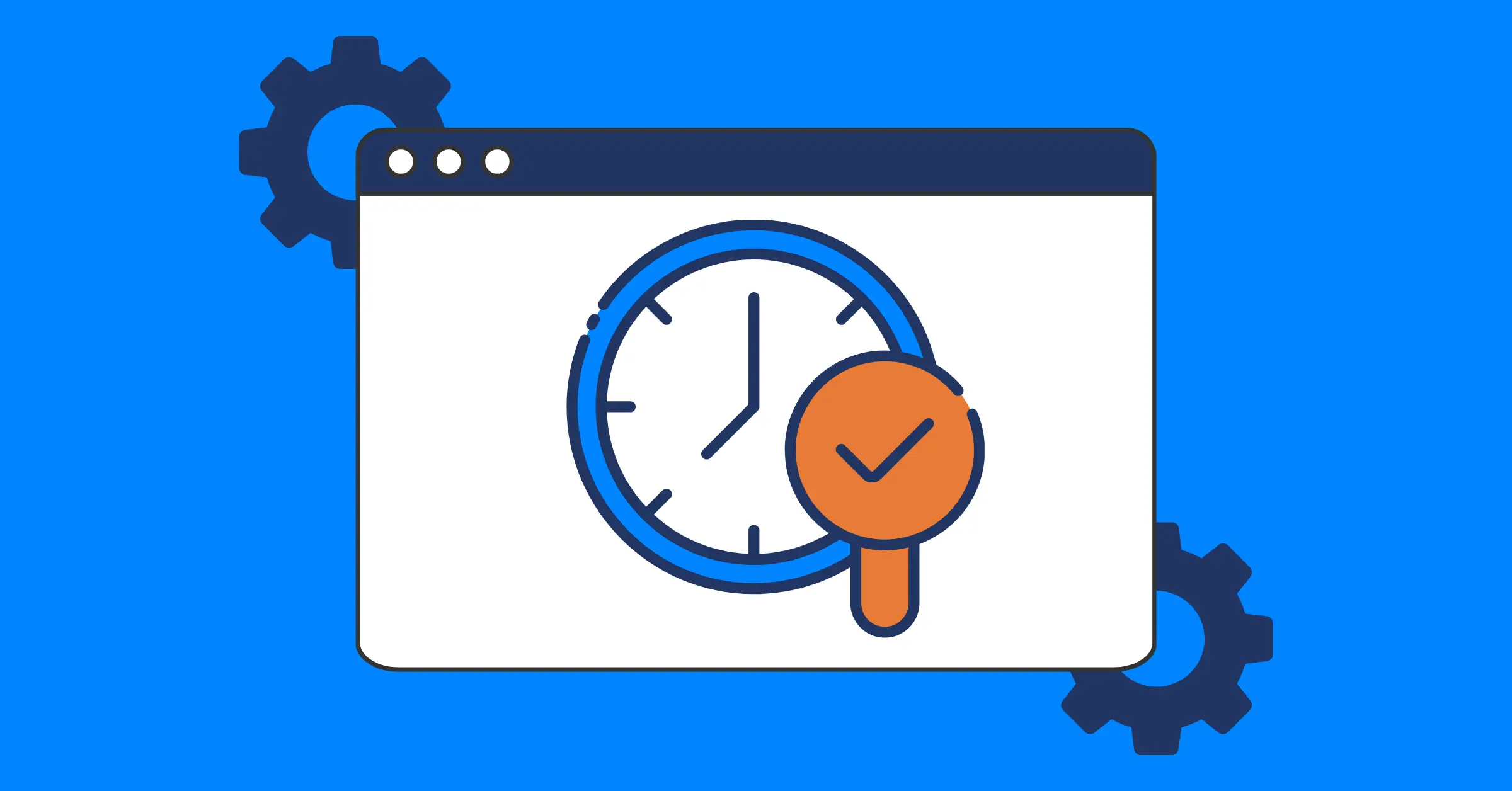

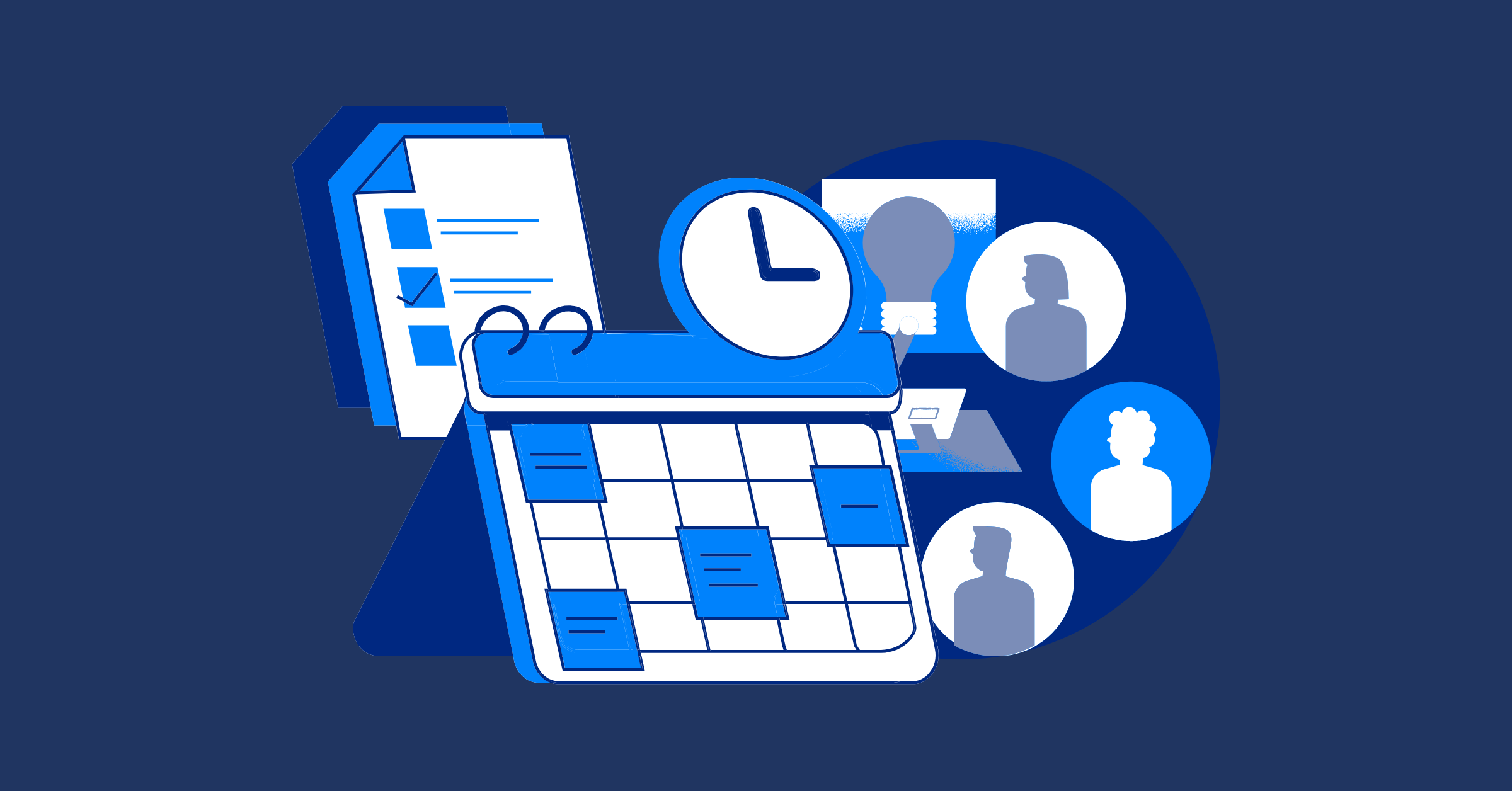
![How to Fill Out a Weekly Timesheet [+ Free Template Download]](https://taskford.com/marketing/blog/weekly-timesheet-thumbnails.webp)
